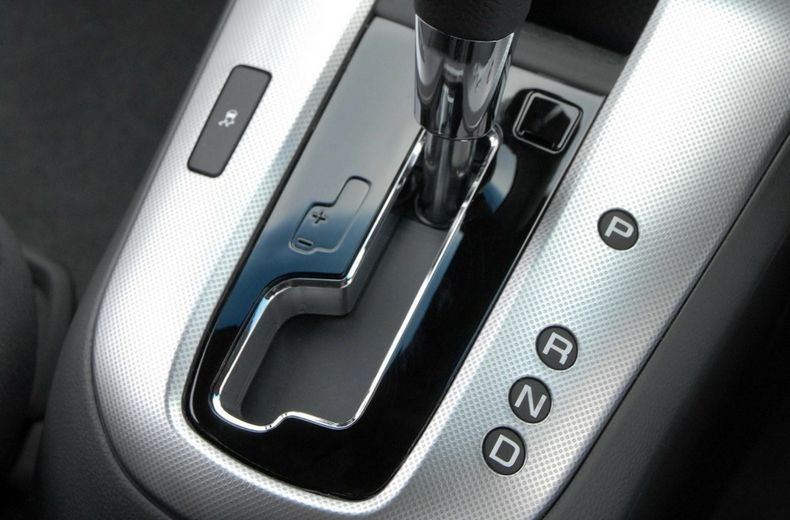Welcome to the fascinating world of gear cars! Whether you’re a car enthusiast, a budding mechanic, or just curious about how these marvels of engineering function, this comprehensive guide is tailored for you. Buckle up, as we dive into the intricate mechanics, types, and nuances of gear cars.
The Essence of Gears in Cars
At the heart of every vehicle lies a system of gears, working tirelessly to ensure smooth transitions and optimal performance. Gears are not merely mechanical components; they are the lifeblood of power transmission in cars. Here’s what you need to know:
- Functionality: Gears transfer energy from the engine to the wheels, facilitating acceleration and deceleration.
- Types of Gears: The primary types include spur, helical, bevel, and worm gears, each serving a unique purpose in the car’s drivetrain.
- Gear Ratios: These ratios determine how much torque and speed are transmitted from the engine to the wheels, affecting overall performance.
Understanding Gear Types
Now that we have established the importance of gears, let’s explore the different types, particularly focusing on those commonly found in cars:
1. Manual Transmission Gears
Manual transmission cars, often referred to as “stick shifts,” give the driver full control over gear selection; Here’s a breakdown of its components:
- Clutch: Engages and disengages the engine from the transmission, allowing the driver to change gears.
- Gear Stick: The lever used by the driver to select the desired gear.
- Synchromesh: A mechanism that helps to match the speed of the gears for smoother engagement.
2. Automatic Transmission Gears
Automatic transmissions take the guesswork out of shifting. They utilize a complex system of hydraulics and electronics to determine the best gear for the vehicle’s speed and load:
- Torque Converter: Replaces the clutch in automatic vehicles, transferring power from the engine to the transmission.
- Planetary Gear Set: Allows for multiple gear ratios within a single set of gears, enabling smooth transitions.
- Control Module: Uses data from various sensors to optimize shifting points.
3. Continuously Variable Transmission (CVT)
The CVT is a unique type of automatic transmission that provides an infinite range of gear ratios. Instead of traditional gears, it uses a belt and pulley system:
- Smooth Acceleration: Since it can adjust seamlessly, acceleration remains consistent without the “shift shock” of traditional automatics.
- Fuel Efficiency: CVTs often enhance fuel economy by keeping the engine at its optimal RPM range.
Gear Maintenance: Keeping Your Car in Top Shape
Understanding the importance of gears is only half the battle; proper maintenance ensures longevity and performance:
- Regular Fluid Changes: Transmission fluid lubricates and cools the system. Neglecting fluid changes can lead to serious damage.
- Inspecting Gears: Regularly check for wear and tear, particularly in manual transmissions where the clutch can wear out over time.
- Listening for Sounds: Unusual noises, such as grinding or whining, can indicate issues with the gears that need immediate attention.
Future of Gear Technologies
The automotive industry is evolving rapidly, and so is the technology behind gear systems. Here are some innovations on the horizon:
- Electric Vehicles (EVs): Many EVs utilize simplified gear systems or even direct drive configurations, eliminating the need for traditional gearboxes.
- Smart Transmissions: Advanced data analytics and AI are being integrated into gear systems to optimize performance and efficiency.
- Robotic Gear Shifters: Automated systems that can shift gears faster than human drivers, enhancing performance in racing and high-stakes environments.
Gears are more than just components in a car; they are essential to the vehicle’s operation and performance. Understanding their function, maintenance, and future technologies gives you a deeper appreciation for these mechanical wonders. As we advance into a future filled with innovative automotive technologies, the role of gears will continue to evolve, shaping the way we drive and experience our vehicles.
So, whether you’re behind the wheel of a manual, automatic, or CVT, remember the intricate dance of gears working tirelessly to propel you forward. Happy driving!

